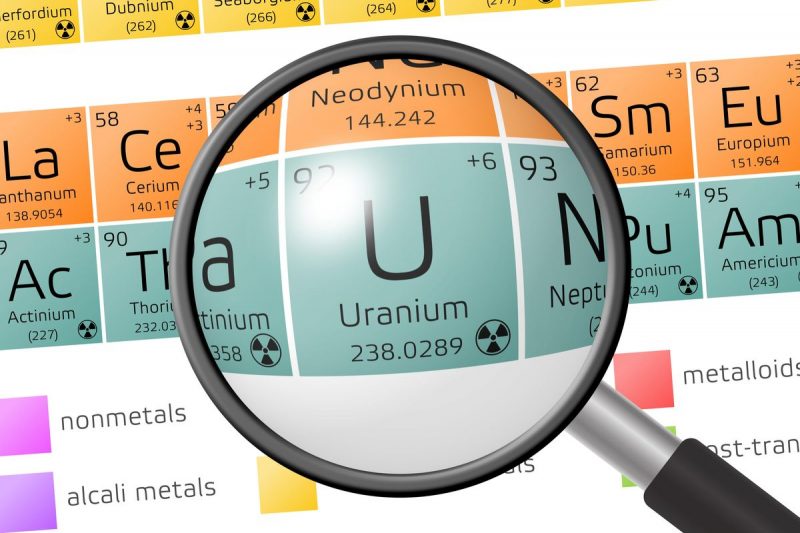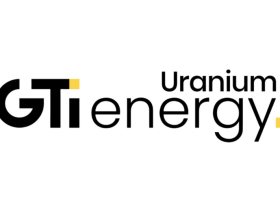Many investors have been waiting for uranium prices to increase and strengthen the market. As the trend toward clean energy continues, some believe that day is soon to come.
Uranium has faced difficulties since the 2011 Fukushima nuclear disaster, when tsunamis brought on by a massive earthquake crashed into and damaged several Japanese nuclear reactors. In the years since, fears over the radioactive risks posed by nuclear reactors, paired with excess supply, have weighed on prices.
But in recent years, rays of hope have returned to the uranium industry. High-profile supply cuts from major producers, as well as COVID-19-related output disruptions, the Russia-Ukraine war, the introduction of the Sprott Physical Uranium Trust (TSX:U.U), Japanese nuclear reactor restarts and US utilities entering the market have all culminated in higher prices, and optimistic market watchers are waiting for a uranium takeoff.
But how do traders invest in uranium? The path is less straightforward than it is for metals like gold, but there are plenty of options to consider. So where should investors start?
How to invest in uranium stocks?
One way to invest in uranium is to purchase stocks. With the current price of uranium still relatively low — its all-time high was US$136.22 per pound in 2007 — it’s possible to get good deals while companies are “on sale.”
When looking at stocks, beginners may want to start with the world’s largest uranium-mining companies. Big miners often provide stability, and examples include uranium heavyweights like Cameco (TSX:CCO,NYSE:CCJ), BHP (NYSE:BHP,ASX:BHP,LSE:BHP) and NexGen Energy (NYSE:NXE,TSX:NXE,ASX:NXG). There’s also Kazakhstan’s Kazatomprom (LSE:KAP) — formerly a state-owned entity, 15 percent of its shares are now publicly listed.
Of course, these large mining companies are not the last word in the market. In fact, there are quite a few mid-tier and junior uranium exploration companies that investors may want to discover. As a starting point, check out our list of the top-performing TSXV- and TSX-listed stocks and our list of the biggest ASX-listed uranium stocks.
Understanding where these companies’ uranium mines and production facilities are located can help investors make informed decisions. Those interested in uranium stocks may want to look at the countries that produce the most of the metal. The three top uranium-producing countries are Kazakhstan, Namibia and Canada.
How to invest in uranium ETFs?
For investors who want exposure to the uranium market, but crave the diversity of a basket of equities instead of single stocks, exchange-traded funds (ETFs) are generally the way to go. The selection of uranium-focused ETFs isn’t very wide, but luckily for investors the options are growing.
For starters, investors can look at the Global X Uranium ETF (ARCA:URA), which tracks a basket of mining firms. The fund is made up of both American and international uranium miners and producers.
An alternative to that ETF is the VanEck Uranium+Nuclear Energy ETF (ARCA:NLR), which tracks a market-cap-weighted index of companies in the uranium industry. Another option is the Horizons Global Uranium Index ETF (TSX:HURA); it is designed to give investors exposure to the rebounding uranium industry, and features Canadian uranium stocks. It was launched by Horizons ETFs Management in mid-2019.
The latest uranium ETF is the Sprott Uranium Miners ETF (ARCA:URNM). It’s an international uranium fund comprised of companies in Kazakhstan, Canada and the US. Using the North Shore Global Uranium Mining Index, the ETF tracks producers and explorers, as well as holders of physical uranium.
One of its holdings is the Sprott Physical Uranium Trust, a fund that invests solely in physical uranium. As mentioned, it’s been credited with helping to boost prices and has become a popular investment vehicle.
How to invest in uranium futures?
As a third option, investors can look to the futures market while awaiting a rise in the uranium price. Futures are financial contracts that obligate the buyer to purchase (or the seller to sell) an asset like a physical commodity or financial instrument at a predetermined future date and price.
In terms of uranium futures, investors once again have few options. CME Group (NASDAQ:CME) offers UxC uranium U3O8 futures. These contracts track U3O8, and each one represents 250 pounds of the nuclear fuel. The NYMEX also provides investors with a U3O8 futures trading option.
Futures are an important part of the market as there is currently no exchange-listed, transparent price instrument that consumers and suppliers can use to manage prices and risks. Furthermore, uranium futures provide investors with a marketplace for direct exposure to the price of uranium.
Is uranium a good investment?
Uranium excitement is high, with many experts saying the market could be on the cusp of a renaissance.
Believers include John Ciampaglia, CEO of Sprott Asset Management, who sees many extremely bullish factors shaping today’s uranium market.
‘I think utilities are finally starting to figure out that the prospects for uranium look much more bullish, and the prospects for nuclear energy remain much more bullish than the situation two years ago,’ he added.
Looking at the numbers, nuclear energy currently provides 10 percent of the world’s electricity. With new capacity growing annually, the International Atomic Energy Agency forecasts that this could reach 12 percent by 2050.
As the need for clean energy grows and uranium oversupply diminishes, demand for the energy fuel is likely to grow. Investing while uranium stock prices have room improvement could offer an opportunity.
Securities Disclosure: I, Melissa Pistilli, hold no investment interest in any of the companies mentioned in this article.





